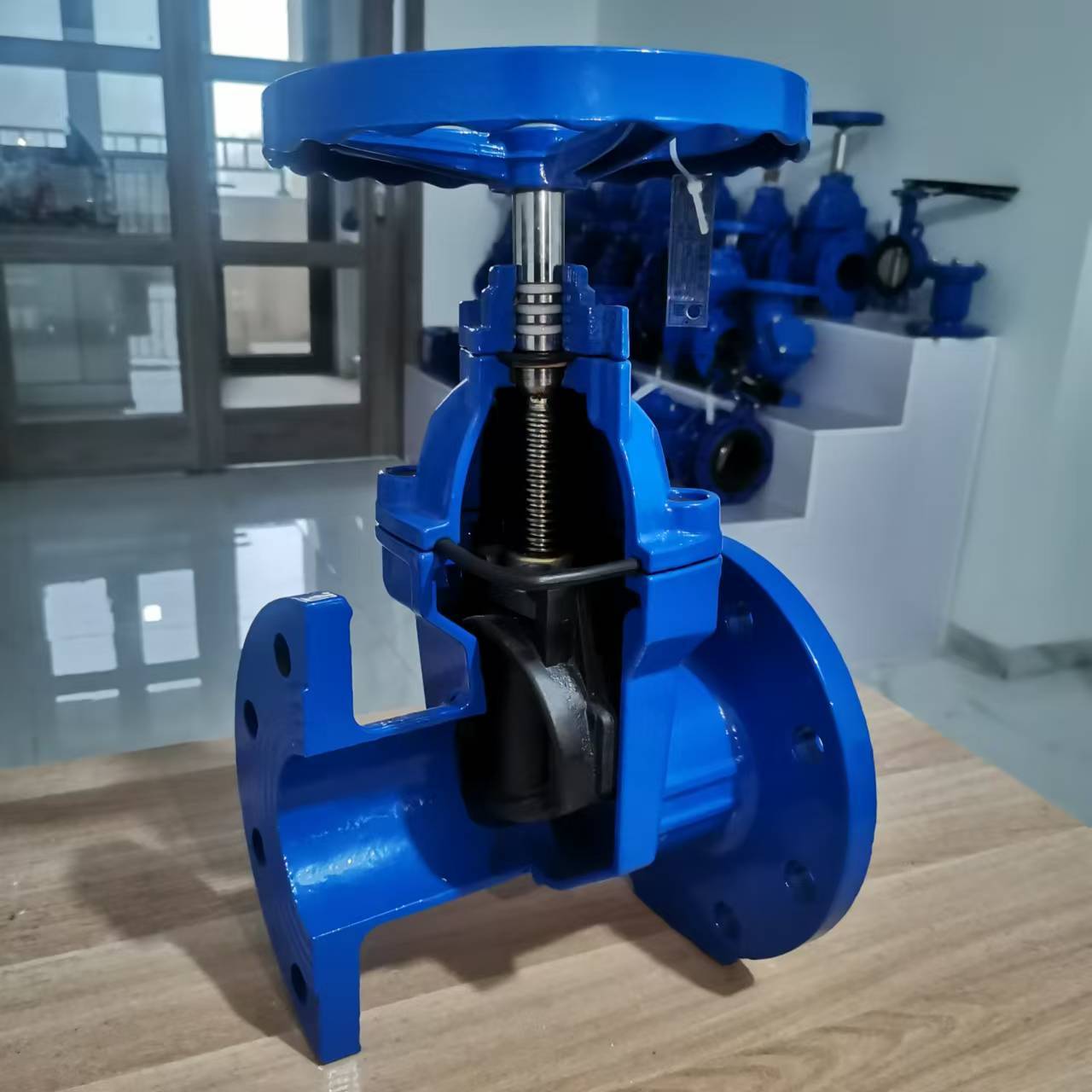How to deal with the problem of leakage on the sealing surface of gate valves
Release Time:
Apr 14,2025
How to deal with the problem of leakage on the sealing surface of gate valves

Water leakage treatment method for gate valve sealing surface
Water leakage on the sealing surface of the gate valve is a common problem. It may be caused by a variety of reasons, such as deposition of impurities on the sealing surface, rusting of the valve stem thread, and damage to the sealing surface. Here are the methods for different reasons:
Sealing surface impurity deposit
If impurities are deposited on the sealing surface inside the gate valve, it may cause water leakage if closed tightly. In this case, you can try to twist the gate valve back a little, then try to close it, and repeat it several times to remove the impurities that are stuck inside.。
Rusty stem threads
If the stem threads on the gate valve have rust problems, it may cause the gate valve to fail to rotate, resulting in water leakage. At this time, you can first use a small hammer to hit the bottom, shake off the rust, and then try to shut it down. If the rust is severe, the valve stem may need to be replaced again。
The sealing surface is damaged
If the sealing surface of the gate valve is damaged, whether it is corroded or scratched by particles, it will lead to lax shutdown and leakage problems. This situation is usually more complicated and difficult for individuals to deal with. You need to contact a professional for repair。
Issues of valve stem and valve disc connection
If there is a connection problem between the valve stem and the valve disc, such as deflection, it will make it difficult to close the gate valve tightly and accompany water leakage. You can try to drop some lubricant at the connection between the two to allow the valve to open and switch more flexibly. If the skew is severe, please contact someone again。
Replace the sealing gasket
If the sealing gasket is aging, damaged or not assembled in place, it will cause water leakage in the valve. The valve can be removed, the sealing surface and gasket can be cleaned, and the sealing gasket can be checked for cracks or deformations. If necessary, replace the sealing gasket





